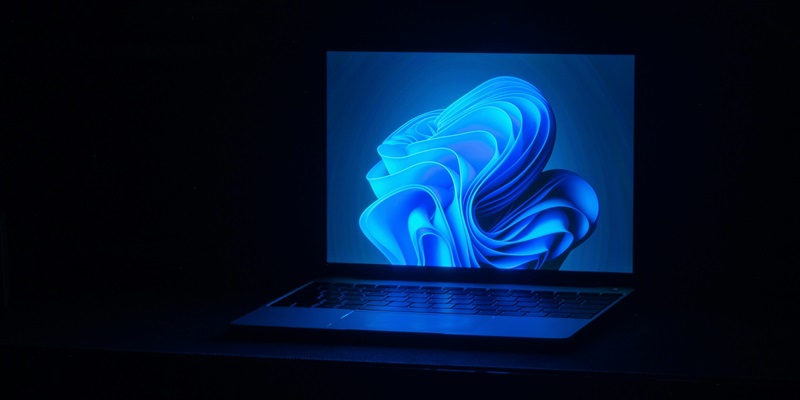In a pivotal shift, Microsoft’s introduction of Windows 11 IoT Enterprise LTSC 2024 marks its recognition of the distinct necessities within specialized industries. Straying from the initial hardware stringency of Windows 11, the newest Long-Term Servicing Channel edition is reshaping the landscape for devices with critical roles in healthcare, banking, hospitality, manufacturing, and retail sectors. Remarkably, it relaxes previous must-haves such as Secure Boot and TPM and operates on devices with minimal specs, like 2GB RAM, illustrating a keen sensitivity to the tech diversity present in various fields.
Customization for a Niche Market
This revision of system requirements isn’t merely about inclusivity; it’s masterfully engineered for specific hardware. System builders and customization enthusiasts are the primary beneficiaries as this OS is not meant for conventional desktops or laptops. It specifically aims to serve devices involved in essential business functions or those needing to comply with regulatory certifications. Such devices require the operating system environment to remain unchanged for their effective operational years. As a nod to this necessity, Microsoft pledges an astonishing decade of support for Windows 11 IoT Enterprise LTSC 2024, thus bestowing unparalleled long-term reliability that’s rarely seen with standard OS offerings.
Meeting Industrial Requirements with Versatility
With the release of Windows 11 IoT Enterprise LTSC 2024, Microsoft has decidedly acknowledged the unique requirements indispensable to specialized sectors. Moving away from the strict hardware requirements seen with the original Windows 11, this latest Long-Term Servicing Channel version is revolutionizing the operation of devices pivotal in industries such as healthcare, banking, hospitality, manufacturing, and retail. Notably, this release eases previously mandatory features like Secure Boot and TPM, and is compatible with machines that have specifications as modest as 2GB of RAM. This demonstrates Microsoft’s acute awareness of the technological variation and needs that exist across different professional landscapes.

